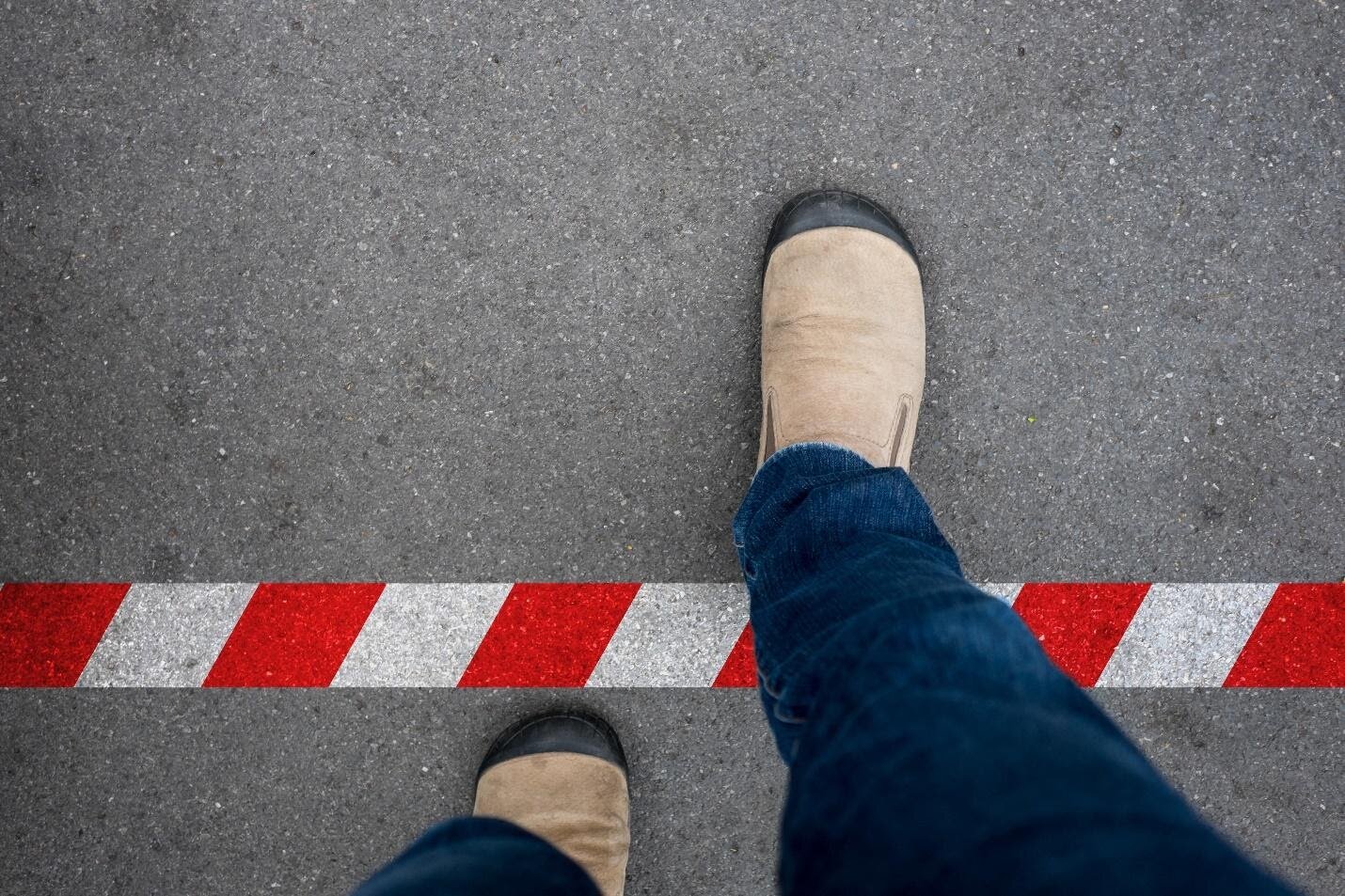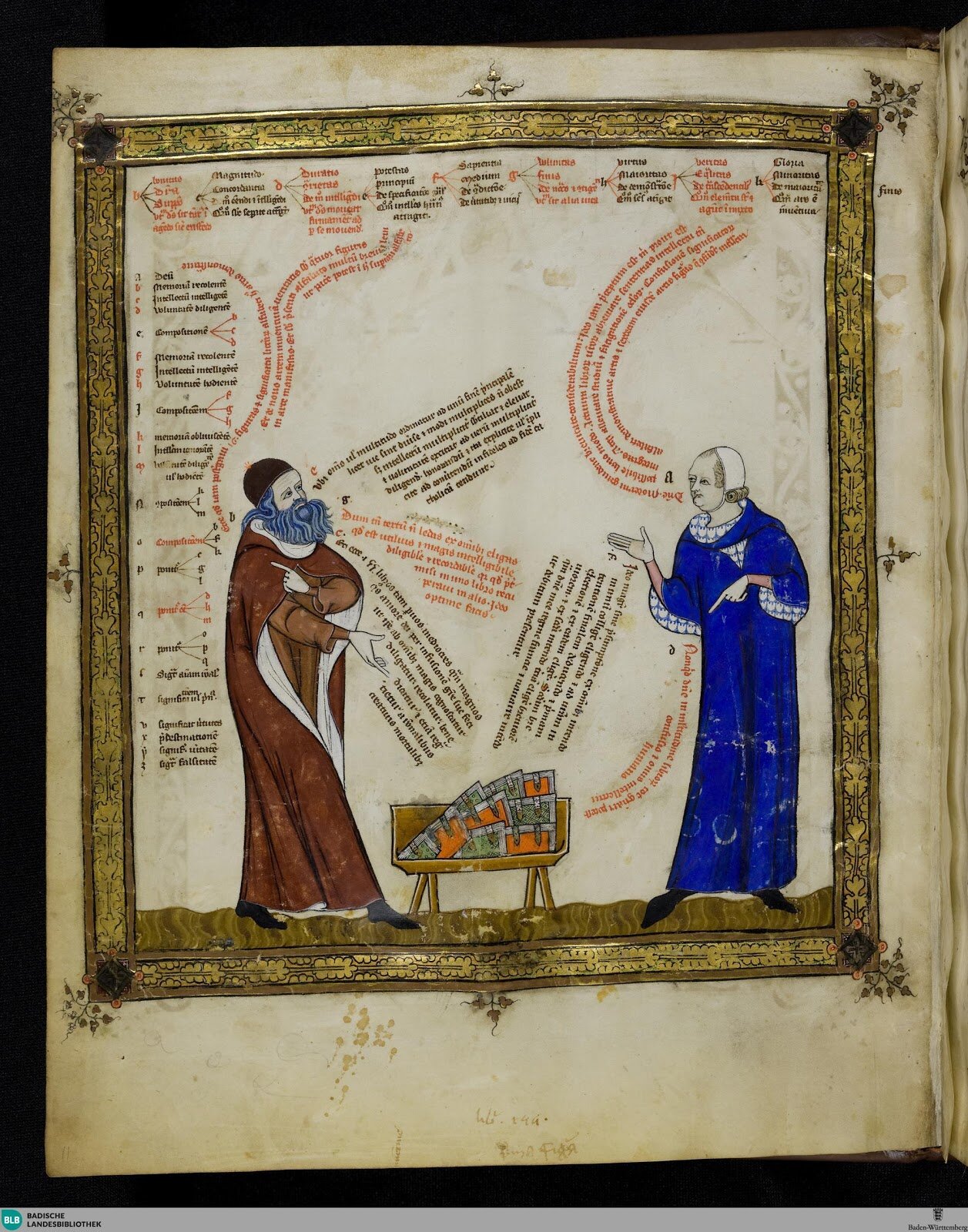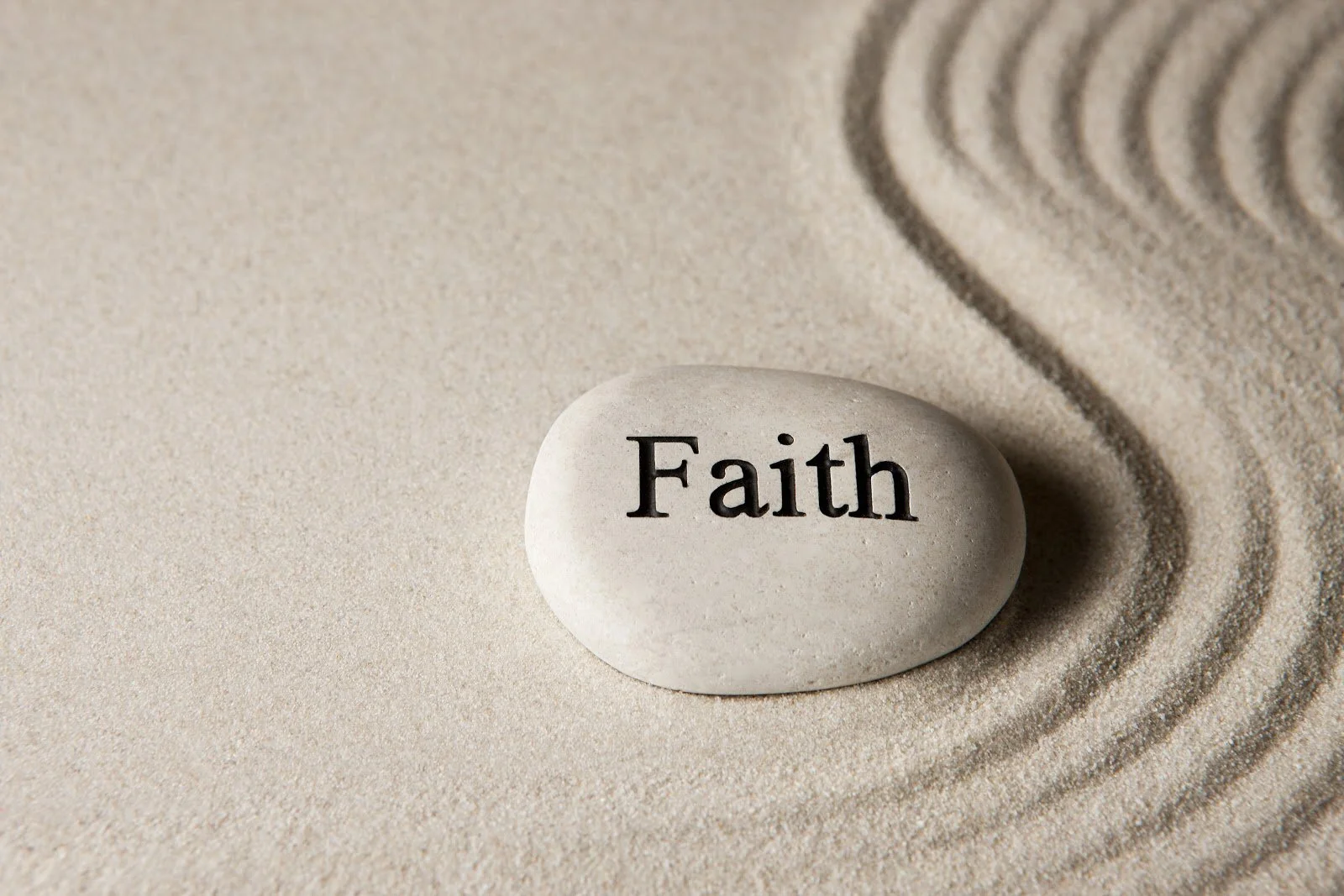
FIELDS
exploring the places American religion takes us
The focus of Fields is to “[explore] the places American religion takes us.” Inspired by previous calls in this series, our first instinct as co-curators was to continue to expand the horizon of “places” that scholars of religion go to do their work. This ongoing approach to press beyond “steeple counting” in our descriptions and analyses of religion is both necessary and exciting. But as we continued to reflect on the prompt, another meaning of “field” emerged that seized our attention: the ubiquitous search field.
Weird, we know. But bear with us. Before we arrive at the places we are going, however conceptualized, most of us have entered some form of text into a search field on a user interface—to locate primary sources, conduct background research, find a physical address, scan documents for key terms, search for journal articles and other published analyses, connect with colleagues on social media, purchase equipment that helps us to see, hear, and know, or endless other reasons. Simply put, whether we are historians searching for archives, ethnographers locating interlocutors, or theorists interrogating ideas and ways of knowing, the search field has become integral to the forms, methods, and subjects of study within the academic field of American religion.
The search field, moreover, is not simply a procedural development. Like everything else, search fields have histories that speak beyond themselves to systems and structures of power. Behind the creative aspects of scholarship in the humanities is a rigid infrastructure of algorithms ensconced in a network of classification schemas that require a predetermined order of operations to function. Search fields escort users through incomprehensible abundance by way of algorithms shapeshifting into countless user-interfaces—from the Optical Character Recognition (OCR) programs that allow us to search through texts, to archival platforms like JSTOR, HathiTrust, and ArchivesSpace that organize and render searchable primary and secondary sources, to data juggernauts like Google, YouTube, Instagram, and TikTok. And yet our actions across these platforms and applications are chaperoned by supplied metadata that not only precede but necessarily limit our movements. From this vantage, the search field is less a portal into untold horizons of possibility and more like the trick door that leads back to where we started. This tension between the expanding, humanizing work of the study of religion and the limiting, algorithmic rigidity of scholarship in the digital age is encapsulated in the quiet power of the search field.
“[Field] Work” seeks essays that respond to these observations and/or scrutinize the varied work that search fields do (and have done) to shape particular studies, public understandings of religion, pedagogical practices, and/or the broader field of American religion. How—and where—have you encountered search fields in your research or teaching? Could you do the work that you do without search fields? What assumptions about what matters to users have been programmed into those searches? What have search fields yielded and what have they elided? How have search fields confirmed or challenged the object of study in American religion? How could digital tools and platforms better account for the complexity of religion, both past and present? We welcome short (800-1000 words) theoretical, methodological, and/or reflective analyses from a range of disciplinary experience and expertise. Intrigued but unsure about how your work fits with this call? Pitch us an idea!
Rachel McBride Lindsey, PhD
Miles Adam Park, PhD
On September 10, 2000, Dabru Emet: A Jewish Statement on Christians and Christianity was published by Jewish scholars hosted by what is now the Institute for Islamic, Christian, and Jewish Studies (ICJS). This online forum welcomes scholars and thinkers from around the world and across disciplines to revisit Dabru Emet (“Speak Truth”), engaging in critique as well as commemoration; historical reflection as well as reframing; rigorous inquiry as well as creative imaginings.
Learn more about the history of Dabru Emet and its original reception: icjs.org/dabru-emet.
Ethnographers who study the living are accustomed to going “on location,” but those of us who study the dead find ourselves in research-relevant places, too. Historians have many options for visiting historical sites with enduring and widely-acknowledged relevance to our work: churches, synagogues, traditionally sacred lands that are still intact, still in use or set aside as revered historical sites; places where our subjects lived and died; sites of the events that we study, tragic or just monumental. Known places are one thing, but we often also, however, find ourselves drawn to visit empty places that we—and possibly only we—know were once special to some subject, or some group, or some moment. What is interesting about these spaces—forgotten, destroyed, or never actually known except through our work—is that we as scholars are responsible for projecting our knowledge onto them, something that (especially when one studies religion) can seem both necessary and uncomfortably close to the sort of sacralizing of our subjects that we usually take pains to avoid in our work. This project will offer some meditations on visits to such places from scholars of American religious history.
The Fields section has been organized around the theme of “Empty Places” all academic year. In the Spring of 2020 this has taken on a different significance. We would love to have your brief reflections on the empty places of American Religion you’re encountering or thinking about in this moment, ideally accompanied by a photo. We’ll curate these into periodic dispatches from the field.
CURATOR, 2021 - Present
Rachel McBride Lindsey is assistant professor of American Religion and Culture at Saint Louis University where she also co-directs Lived Religion in the Digital Age. Her first book, A Communion of Shadows: Religion and Photography in Nineteenth-Century America (UNC, 2017) explored vernacular photographs as objects of cultural and religious significance, and she is currently working on a book about religion and visual grammars of citizenship in the twentieth century.
CURATOR, 2021 - Present
Adam Park is a Postdoctoral Fellow at IUPUI and a Research Fellow for Lived Religion in the Digital Age at Saint Louis University. His research explores the history of Muscular Christianity—particularly the cultivation of aggression in boxing, wrestling, eastern martial arts, and contemporary mixed martial arts. Some of his work is here: “‘Fighting Spirit’: WWI and the YMCA’s Allied Boxing Program,” Religion and American Culture 29:3 (Fall 2019), and is also forthcoming in, Savage Saints: Muscular Christianity, Human Nature, and Fighting in America, 1858-2020.
CURATOR, 2019 - 2021
Seth Perry is Assistant Professor of Religion in the Americas at Princeton University. Perry’s first book, Bible Culture and Authority in the Early United States (Princeton University Press, 2018) explores the performative, rhetorical, and material aspects of bible-based authority in early-national America. His current book project is a biography of Lorenzo Dow, the early-national period’s most famous itinerant preacher.
















































